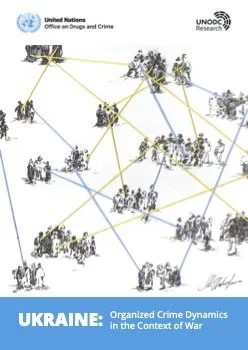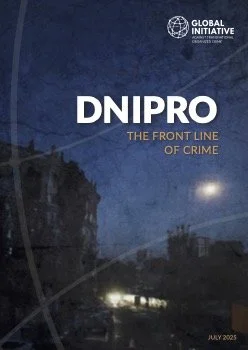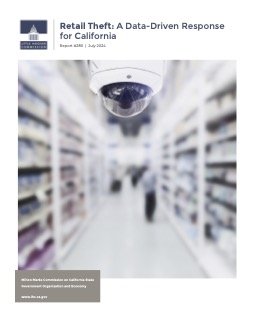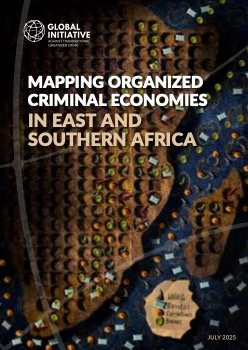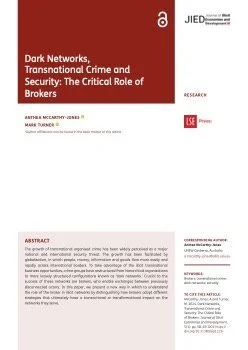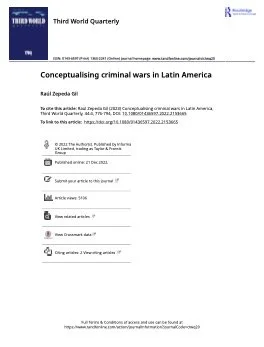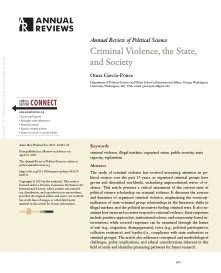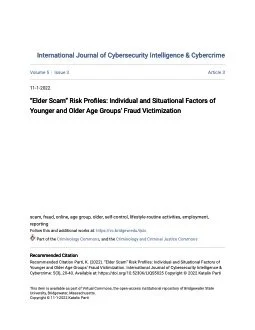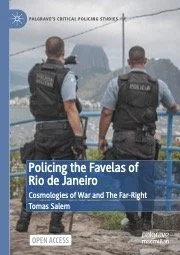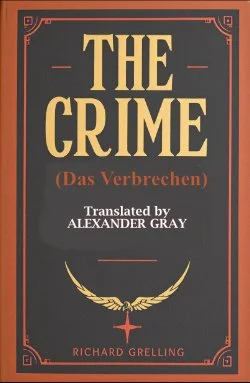was prepared by the Research and Trend Analysis Branch, Division for Policy Analysis and Public Affairs under the supervision of Angela Me, Chief, Research and Trend Analysis Branch.
Since the full-scale invasion of Ukraine by the Russian Federation in February 2022, the political economy of Ukraine has been profoundly transformed.1 The aggression affected both licit and illicit trade routes, disrupted criminal organizations, and spawned new forms of informal and illicit exchange at the frontline and in the rear of the country. It has also led to the emergence of new challenges, such as the development of new skills and technologies that could be exploited by transnational organized crime. This report aims to address the following overarching questions: how has the ongoing war against Ukraine affected organized crime and illicit markets in Ukraine, and what are the possible implications for the country, the region and the international community? These questions are addressed through research into the following six areas: • Organized crime structures and their evolution • Drug supply and demand, including production and trafficking • Online scams, and cyber and telephone fraud • Arms trafficking • Economic crime, including smuggling of cigarettes and custom fraud • Trafficking in persons • The facilitation of illegal exit and draft evasion To address the overarching research question about the effects of the war on organized crime and illicit markets, the chapters compare data for the pre-war and post-invasion periods. The report covers the period of January 2021 to June 2024, with background data for 2019-2020 and preceding periods where available and relevant, used for contextualization. It is based on desk research and in-country fieldwork, with analysis of publicly available official statistics and secondary literature, court decisions and key informant interviews. Field data collection and analysis were conducted from December 2023 to June 2024 (see Annex A for more details). The overall purpose of this research is to provide an evidence base to the government of Ukraine and national agencies involved in responding to organized crime, the United Nations (UN) and other international organizations, and other UN Member States, for countering crime-related challenges emerging out of the war against Ukraine. This research focuses on government-controlled parts of Ukraine. Consideration of alleged war crimes is outside the scope of this research.
Vienna: United Nations Office on Drugs and Crime, 2025. 81p.


